7 results in Exploration of Immunology
Latest
Sort by :
- Latest
- Most Viewed
- Most Downloaded
- Most Cited
Open Access
Review
Herpes simplex virus-mediated skin infections: cytokines and its interplay
Aparna Mukhopadhyay ... Debprasad Chattopadhyay
Published: June 30, 2024 Explor Immunol. 2024;4:394–413
This article belongs to the special issue Cytokines and Skin Diseases
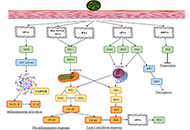
Open Access
Original Article
Dengue virus infection induces complement factor H but protein remains cell-associated, with changes intracellularly and in cell surface binding
Joshua G. Dubowsky ... Jillian M. Carr
Published: June 24, 2024 Explor Immunol. 2024;4:376–393
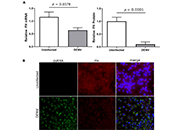
Open Access
Review
Rheumatoid arthritis: a complex tale of autoimmune hypersensitivity
Jihye Heo ... Jea-Hyun Baek
Published: June 20, 2024 Explor Immunol. 2024;4:358–375
This article belongs to the special issue Chronic Inflammation and Autoimmunity
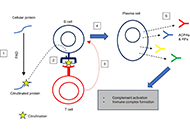
Open Access
Original Article
Safety and tolerability of anti-FcRn monoclonal antibody in thyroid autoimmunity
Jan Wolf ... George J. Kahaly
Published: June 20, 2024 Explor Immunol. 2024;4:341–357
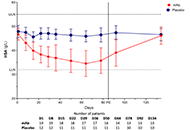
Open Access
Original Article
Flavonoids, nobiletin, heptamethoxyflavone, and genistein enhance antigen-presenting cell function in vitro
Yuko Tanaka ... Tohru Sakai
Published: May 29, 2024 Explor Immunol. 2024;4:333–340
This article belongs to the special issue The Nutritional Influence on Immune Functionality
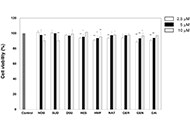
Open Access
Perspective
The immune response of nano carbon-based photic-driving vaccines to severe acute respiratory syndrome coronavirus 2
Junming Chen ... Jianshe Yang
Published: May 17, 2024 Explor Immunol. 2024;4:325–332
This article belongs to the special issue Immunology, Immunopathology and Genomics of SARS-COV-2
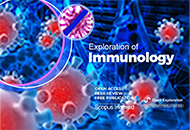
Open Access
Review
Recent advances in the study of the structure and function of the epididymis
Chuxiong Wang ... Donghui Huang
Published: May 17, 2024 Explor Immunol. 2024;4:309–324
This article belongs to the special issue Immunobiology and Inflammation in the Male Reproductive System
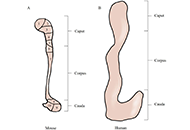
Journal Information
 Previous
Previous